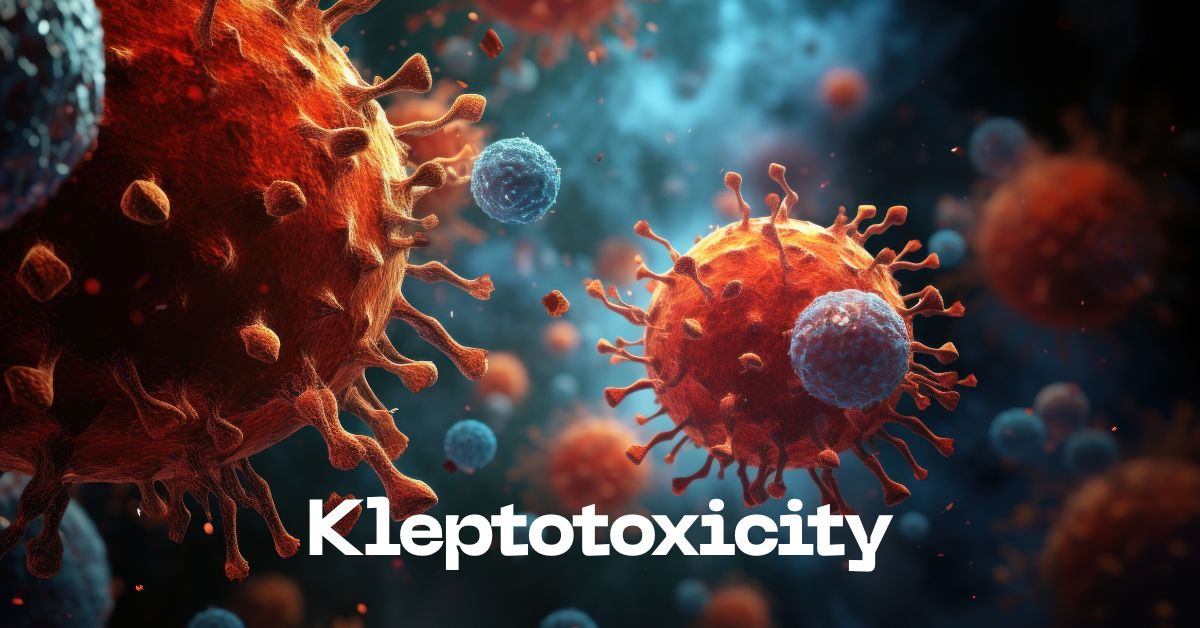Kleptotoxicity Unveiled: The Secret World of Toxin Theft
Introduction
In the vast and complex world of biological interactions, there are fascinating yet lesser-known mechanisms that reveal how organisms survive, compete, and evolve. One such emerging concept is Kleptotoxicity — a scientific phenomenon involving the transfer of toxins from one organism to another. While most people are familiar with the idea of toxin production and self-defense mechanisms, the idea that organisms can “steal” toxins from others and repurpose them for their own advantage often goes unnoticed. This hidden science has profound implications for ecology, evolution, medicine, biotechnology, and even environmental toxicology.
This article explores Kleptotoxicity in depth, explaining how it works, why it happens, and how it shapes life on Earth. Whether you’re a student, researcher, or simply curious about unusual biological processes, understanding this concept offers surprising insights into how ecosystems maintain balance and how species innovate to survive.
What Is Kleptotoxicity?
Kleptotoxicity refers to the process in which an organism acquires toxins from another organism—either through predation, parasitism, or environmental absorption—and uses those toxins for its own defense, offense, or survival advantages. The term draws from two parts:
- “Klepto” meaning to steal
- “Toxicity” referring to harmful chemical compounds
Unlike toxin production, which requires specialized glands or biochemical pathways, Kleptotoxicity allows organisms to bypass complex toxin-synthesis mechanisms and instead repurpose toxins that already exist in other species.
This strategy reduces energy expenditure, increases survival chances, and allows organisms to exploit biochemical tools that they cannot naturally produce.
How Kleptotoxicity Works: The Biological Mechanism
Although organisms practice Kleptotoxicity in different ways, the overall process generally follows three stages:
1. Acquisition
The organism obtains toxins through:
- Feeding on toxic prey
- Parasitizing a toxic host
- Absorbing toxins from its environment
- Symbiotic interactions with toxin-producing microorganisms
2. Storage
After acquisition, toxins must be safely stored. Organisms may:
- Isolate toxins in specialized tissues
- Encapsulate them within cellular vesicles
- Bind them to proteins that neutralize their effects
This prevents self-poisoning—one of the biggest risks of Kleptotoxicity.
3. Deployment
Finally, organisms use stolen toxins for:
- Defense against predators
- Offense (immobilizing prey)
- Chemical communication
- Deterrence and territory protection
This efficient cycle gives organisms biochemical tools that they never had to evolve themselves.
Examples of Kleptotoxicity in Nature
Understanding Kleptotoxicity becomes easier when we examine real species that use it. Many organisms across ecosystems—from marine environments to tropical forests—rely on toxin transfer.
1. Poison Dart Frogs
Contrary to popular belief, poison dart frogs do not produce their toxins internally. Instead, they absorb alkaloid toxins from their diet, which typically includes toxic ants, mites, and beetles. This is one of the most famous examples of Kleptotoxicity, where toxins are sequestered into their skin, making them dangerous to predators.
2. Sea Slugs (Nudibranchs)
Nudibranchs are masters of toxin theft. They feed on toxic jellyfish, anemones, and sponges, stealing their toxins—or even their stinging cells (nematocysts)—and storing them in their own tissues. This unique form of Kleptotoxicity makes sea slugs brightly colored but deadly.
3. Monarch Butterflies
Monarchs feed on milkweed plants rich in cardiac glycosides. These toxins accumulate in the butterflies’ bodies, rendering them inedible to birds. Monarch caterpillars also store the same toxins, securing protection throughout their lifecycle.
4. Certain Snakes
Some species of snakes that feed on toxic amphibians accumulate toxins in their tissues. These toxins can make the snakes themselves poisonous, creating a rare example of Kleptotoxicity among vertebrate predators.
5. Marine Worms and Cnidarians
Some marine worms ingest cnidarians (like jellyfish) and store their stinging organelles. This tactic provides both offense and defense in deep-sea ecosystems.
These examples emphasize how Kleptotoxicity plays a key role in survival strategies, shaping evolutionary pathways across multiple species.
Why Kleptotoxicity Matters: Ecological Importance
1. Enhances Biodiversity
By enabling species to repurpose toxins, Kleptotoxicity supports unique ecological niches. This diversification allows multiple organisms to thrive without competing for the same survival mechanisms.
2. Regulates Predator-Prey Dynamics
When prey organisms become toxic through Kleptotoxicity, predators must adapt or avoid them. This leads to the development of:
- New hunting strategies
- Resistance to toxins
- Increased ecosystem balance
3. Promotes Coevolution
Predators evolve better digestion methods. Prey evolve stronger defenses. This continuous evolutionary “arms race” increases genetic diversity and species resilience.
Read More: Koriandri Benefits And Risks: Culinary & Health Guide
Kleptotoxicity and Human Applications
The study of Kleptotoxicity has expanded into multiple scientific fields. Here are some areas where it holds tremendous potential:
1. Medicine and Pharmaceuticals
Understanding toxin transfer helps researchers:
- Discover new drug compounds
- Study how toxins move through biological systems
- Develop targeted toxin-based therapies
Marine organisms involved in Kleptotoxicity have already inspired cancer treatments, antimicrobial agents, and novel painkillers.
2. Environmental Science
Kleptotoxicity reveals how toxins circulate in ecosystems. This helps scientists:
- Track pollution biomarkers
- Understand bioaccumulation
- Predict ecological toxicology risks
Studying toxin pathways is crucial for developing environmental policies and preventing ecosystem collapse.
3. Biotechnology
Biotechnologists look at Kleptotoxicity as inspiration for:
- Bioengineered toxin-delivery systems
- Self-defending crops
- Sustainable pest control methods
Natural toxin transfer mechanisms could lead to safer, more eco-friendly agricultural technologies.
Kleptotoxicity vs. Similar Concepts
Several biological processes overlap with Kleptotoxicity, but they are not the same. Understanding the differences eliminates confusion.
1. Kleptoplasty
This is when an organism “steals” chloroplasts from algae to photosynthesize. While similar in concept, this process involves energy production, not toxin transfer.
2. Bioaccumulation
This refers to chemicals building up in organisms over time. Unlike Kleptotoxicity, bioaccumulation does not always provide survival benefits.
3. Chemical Mimicry
Some organisms evolve to look or smell toxic without actually containing toxins. Kleptotoxicity, on the other hand, involves real chemical acquisition.
Conclusion
Kleptotoxicity is a fascinating and powerful biological strategy that reveals how life adapts in surprising ways. By acquiring toxins from other organisms, species gain protective, offensive, and evolutionary advantages without the need to develop toxins internally. The phenomenon influences biodiversity, predator-prey relationships, coevolution, and even human scientific advancement.
As research grows, Kleptotoxicity continues to reshape our understanding of ecological chemistry and toxin dynamics. Whether you’re exploring biological sciences or seeking fresh SEO-friendly content, this emerging concept opens a window into the hidden chemical warfare of nature.







